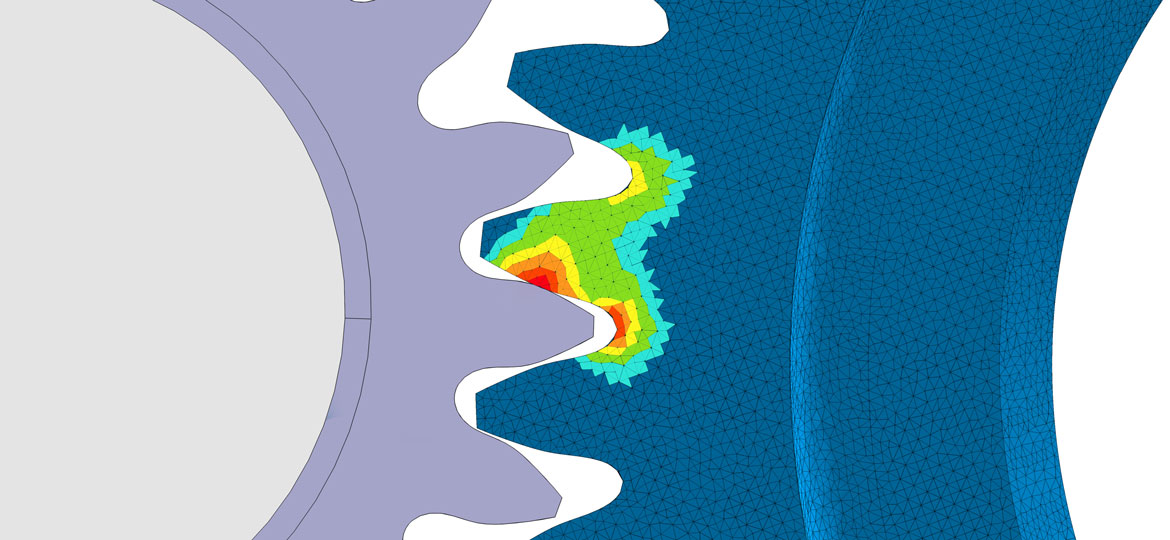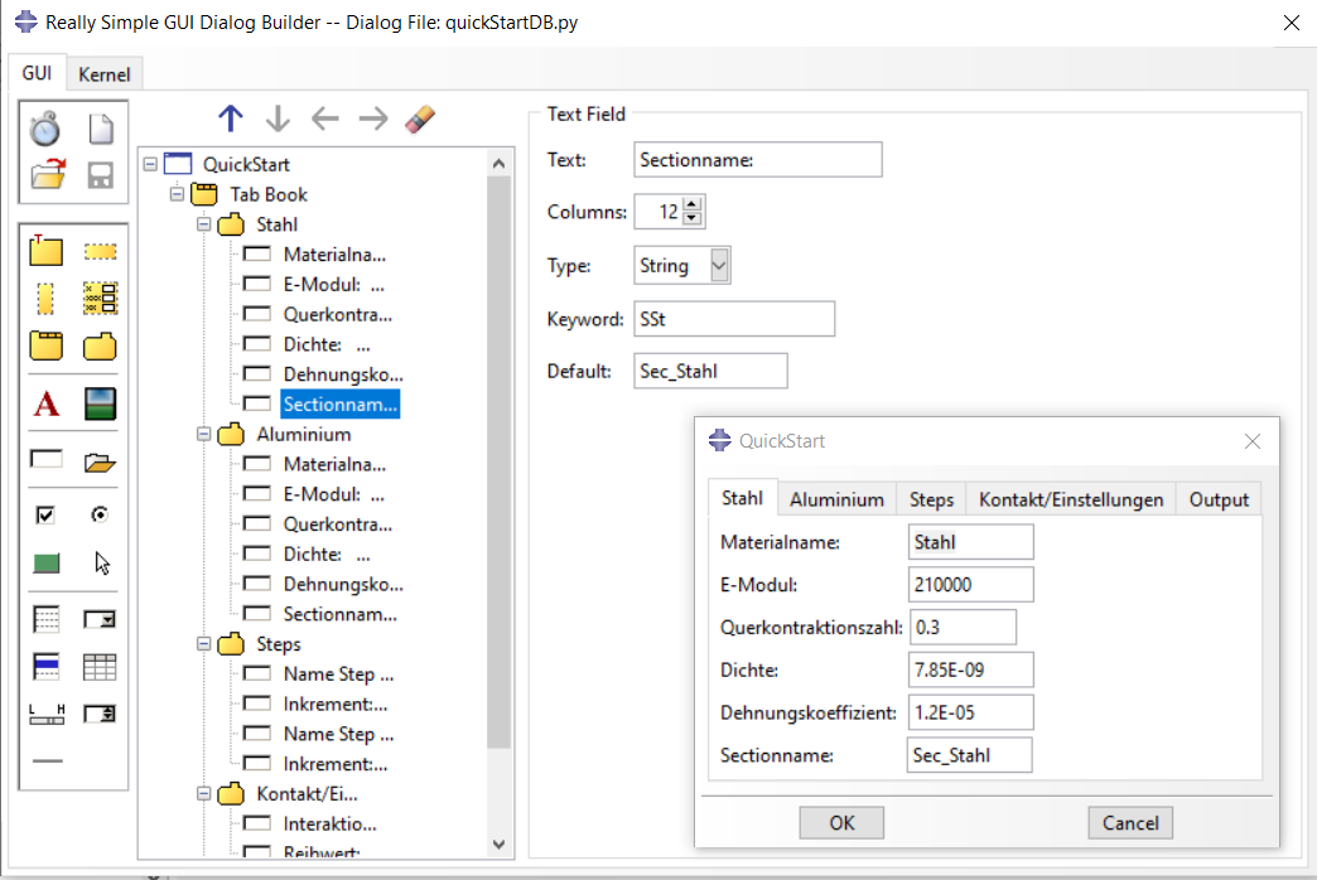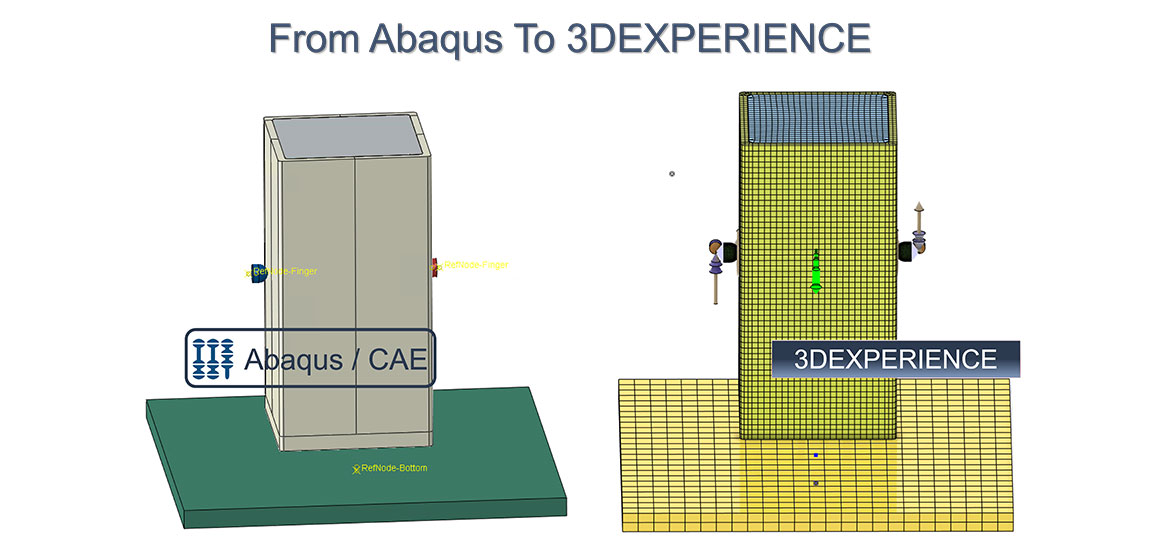An often neglected topic is element selection. I admit, I often take the default element that Abaqus/CAE offers me. It also often happens that one calculation engineer swears by an element type that another calculation engineer consistently rejects. Differences arise simply from the type of application, from the problem definition or from different discretizations. Strictly speaking, the computational engineer should determine his own elements for his applications. Do not get a fright in view of the evaluation effort to be made in such cases. In many cases it works with the pre-selection by Abaqus/CAE (or other pre-processors). In our wiki we want to deal regularly with the element selection and point out one or the other special peculiarity. We started in the wiki article ‘Element selection and discretization in Abaqus Unified FEA using the example of a linear load on a bending beam‘ with the linear calculation of a bending beam under end load using hexahedral elements. The results are startling even to an experienced computationalist. Perhaps over time, people have forgotten how decisive the number of elements above the thickness is. Or, you may remember how much the Hourglass Control can change the results of reduced integrated elements, if you only let it. With these and the following Wiki articles on the subject, we want to draw attention to these effects – ourselves and, if you allow us, you too.
Ulrich has many years of experience in the field of simulation/structural mechanics with Abaqus and ANSYS. Most recently he worked for a large coupling manufacturer in product development.






